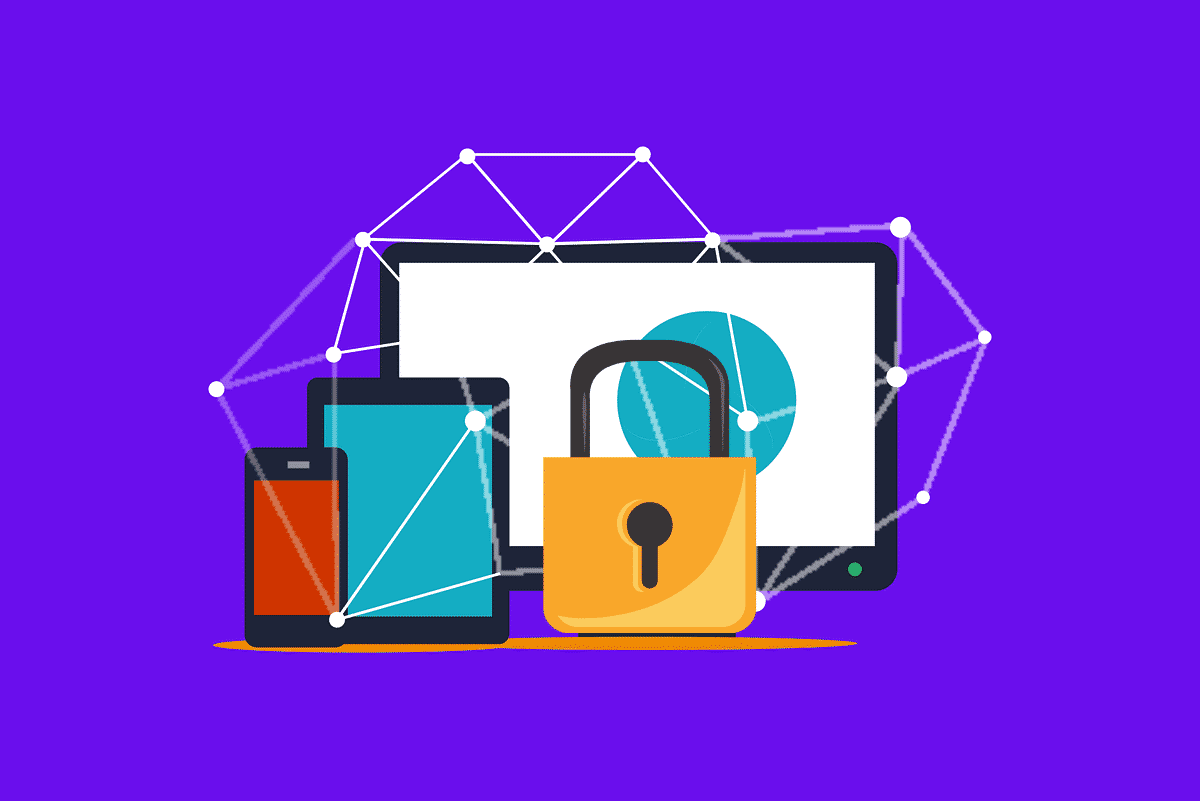There’s much to discuss regarding web design cybersecurity, particularly because it’s frequently disregarded when creating websites. While websites are fundamental to the internet, we can’t ignore the prominent issue in web design – the dominance of WordPress, the leading Content Management System (CMS) software. However, this dominance also presents a security risk associated with CMS software in general.
While other CMS platforms like Joomla, Magento, Drupal, WooCommerce, and others exist, WordPress largely rules the market. Thus, we must understand WordPress, examine its statistics, and learn how to secure this potentially risky environment.
WordPress constitutes a significant portion of the internet, particularly with its 60,000+ free plugins. W3Techs statistics reveal that in 2022, WordPress powered nearly 45% of all websites, up from 39% in 2021, reflecting a consistent annual growth of 12%. This translates to at least two out of every five websites being built using WordPress.
Even more striking is that 65% of all websites explicitly created with a CMS utilize WordPress, demonstrating its market monopoly. Competitors like Wix, Squarespace, and Joomla hold insignificant market shares in comparison. Further highlighting CMS power, over 36% of the top 1 million websites, including The New York Times and Bloomberg, utilize it. On average, a top 10 million website is built with WordPress every two minutes.
A Cybersecurity Guide to WordPress
What is WordPress?
Every website requires construction and “backend” code to ensure functionality and display. Starting a website properly involves purchasing a domain and building a website using a CMS. Alternatively (though less common), websites can be custom coded from scratch without CMS software.
While custom-built websites offer advantages and are preferred by some, most individuals or organizations opt for the efficiency and user-friendliness of a CMS. Whether using a CMS or coding, elements like images or text require such systems; otherwise, websites would be blank.
How to Secure Your WordPress Environment
Security is often overlooked in technology, digital devices, and particularly in website development. It’s akin to driving without a seatbelt or disabling airbags. This neglect stems from cybersecurity being perceived as neither popular nor entertaining.
Consequently, cybersecurity is often relegated to technicians and secluded security departments. Most people show little interest in learning about it. However, in today’s perilous online landscape, this ignorance is a grave mistake. Simple human errors can cripple businesses, compromise customer data, or worse. Unprepared websites are susceptible to various scams and hacks.
Firstly, it’s crucial to recognize that even WordPress can be vulnerable due to its inherent software nature. Therefore, WordPress administrators must keep it updated. Remember, WordPress can’t handle all security aspects alone. Administrators and employees must also adopt a security-conscious approach.
How Can a WordPress Environment Be Compromised?
Here’s a comprehensive list of potential issues:
- WordPress hacks like brute force attacks, CSS attacks, DoS attacks, Pharma attacks, and Backdoor vulnerabilities
- Access vulnerabilities due to weak password hygiene or credential sharing by employees
- Vulnerabilities stemming from unreliable third-party plugins and themes
- Encryption issues
- Lack of server-level cybersecurity measures
Furthermore, “hardening” your WordPress environment is vital through:
- Changing the default login URL
- Restricting IP addresses
- Enforcing multi-factor authentication
- Securing WP admin directories
- Disabling PHP file execution
- Masking the WP version
- Disabling XML-RPC
Cybersecurity: Final Suggestions
It’s wise to optimize the database, clean and compress, and media files for website stability and accessibility. Address instances of “dirty HTML code.” Employ a web application firewall, choose a reliable web host, and implement session timeouts for idle users. Regularly delete unused installations.
Critically, regularly back up your WordPress CMS data and monitor file changes to prevent major issues. Many of these measures can be automated by selecting the right web hosting provider.
Minimizing security risks in a CMS environment is paramount to safeguarding customers, visitors, employees, devices, and the website itself. As evident, numerous factors warrant consideration. Finally, always remember that cybersecurity should be a foundational principle. Before even building a website with CMS software, secure routers, firewalls, and other devices. Maintaining a clean and secure network connection is crucial. This involves using a Virtual Private Network (VPN) and consistently adhering to internet best practices.
